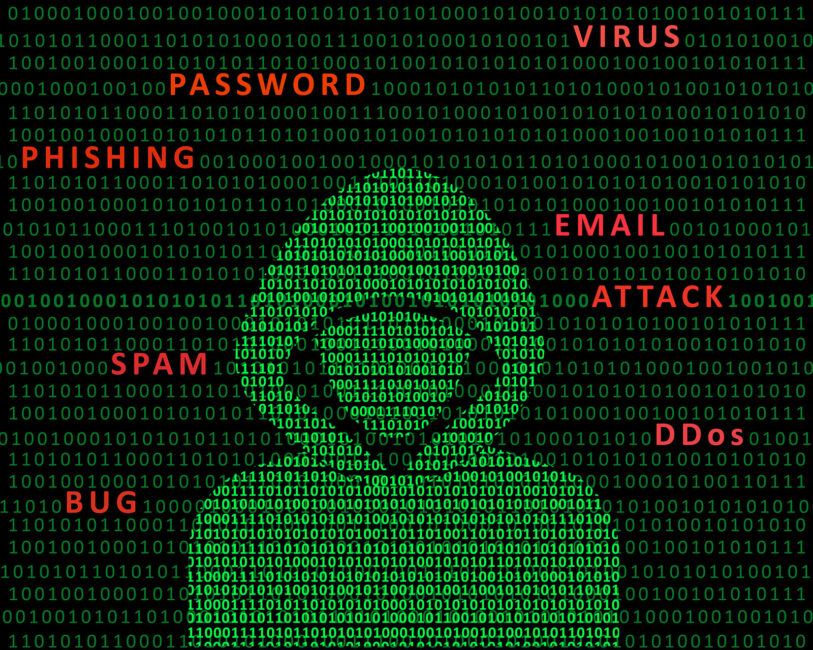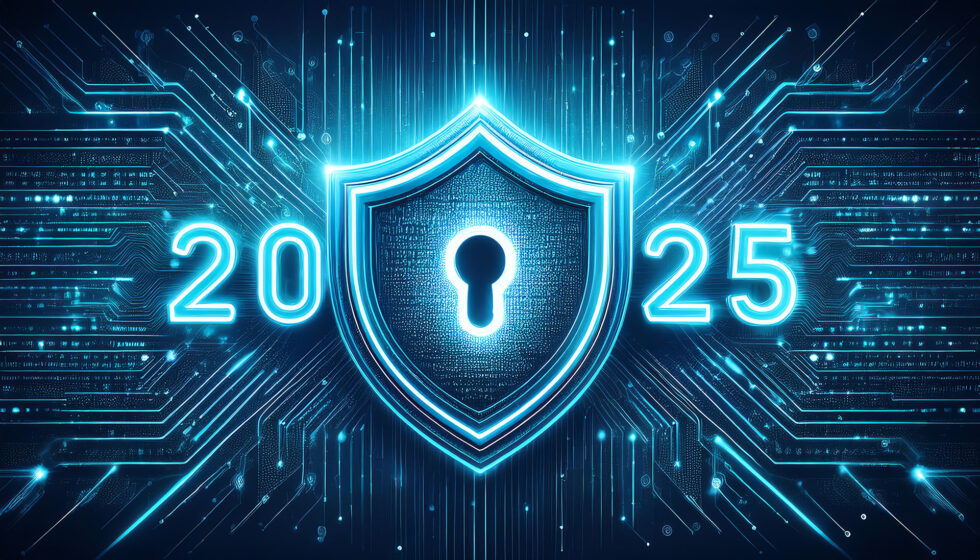The cyber threat landscape continues to evolve at an unprecedented pace. Cybercrime has become a global economic powerhouse, rivaling some of the world’s largest economies. If cybercrime were a country, it would rank as the third largest economy in the world, trailing only the U.S. and China, with a staggering $8 trillion impact annually. This figure includes not just ransom payments but also lost revenue, business closures, and the skyrocketing cost of cyber insurance. Organizations of all sizes are grappling with the reality that no one is immune to these threats.
In a recent webinar, Jim Peterson, SmartSource’s Principal Solution Engineer, discussed some of the most critical cybersecurity issues for 2025, including emerging threats, evolving tactics of bad actors, and strategies businesses can implement to build a robust cybersecurity framework.
THE RISING SCALE OF CYBER ATTACKS

The scale and sophistication of cyberattacks has reached alarming heights. Consider this: in 2022, Microsoft reported approximately 3 billion password attacks per month. By the following year, this number had skyrocketed to 30 billion attacks monthly. The proliferation of artificial intelligence (AI) and automation has significantly amplified the volume and complexity of attacks, making it clear that if you have a computer, an internet connection, and an email address, you are a target.
The financial repercussions of these attacks are equally sobering. The average ransom payment has now reached $569,000, with some incidents costing far more. For organizations without cyber insurance, these costs can be catastrophic, leaving them with the difficult choice of either paying the ransom or attempting to rebuild data and systems from scratch.
UNDERSTANDING CYBERSECURITY IN A MODERN CONTEXT
Cybersecurity is no longer just about protecting digital assets like data. It now encompasses safeguarding employees, vendors, clients, and even an organization’s revenue streams. Businesses need holistic protection that adapts to the ever-changing tactics of bad actors. What worked last year may not suffice this year, necessitating continuous updates to technology, processes, and training.
A robust cybersecurity strategy hinges on three critical pillars: technology, people, and processes. While advanced tools and solutions are essential, their effectiveness diminishes without well-trained personnel and consistent processes to support them.
DIFFERENTIATING BETWEEN ATTACKS, INCIDENTS, AND BREACHES
To effectively combat cyber threats, it’s crucial to understand the nuances of attacks, incidents, and breaches:
- Attack: An attempt to bypass security measures. These are the billions of password or phishing attacks launched daily.
- Event: An attack that bypasses a security layer but is automatically mitigated by existing technology.
- Incident: A more severe situation where a person must intervene to recover or mitigate the attack.
- Breach: The most critical stage, where bad actors gain access to sensitive data. Breaches often involve ransom or extortion and have significant legal and financial implications.
The distinction is vital because not all attacks or incidents escalate into breaches. By focusing on incident response and breach prevention, businesses can minimize damage.
KEY THREAT SOURCES: ORGANIZED CRIME AND INSIDER RISKS
Organizations across various industries benefit from MDR, but those that manage sensitive data, face regulatory The first step in building an effective cybersecurity strategy is understanding where the threats come from and how access is gained.
Though cyber threats seem to come from a variety of sources, they primarily originate from three main groups:
- Organized Crime (65%): These highly sophisticated groups operate like businesses with HR departments, bonus structures, and advanced technology. They target vulnerabilities to maximize financial gains.
- Insider Threats (32%): These can be malicious or accidental but originate within the organization. Insider threats are challenging to detect and require advanced monitoring systems.
- Nation-State Actors (<1%): While these receive significant media attention, they primarily target governments and large corporations.
There are a number of ways that bad actors can gain entry to organizational data or private information, but overall, they exploit two primary vulnerabilities:
- Human Error (68%): Social engineering, phishing, and credential theft remain the most common methods. Examples include tricking employees into resetting passwords through fake emails or exploiting out-of-office notifications.
- Hardware and Software Vulnerabilities: Unpatched systems, misconfigurations, and outdated technology provide gateways for cybercriminals.
BUILDING A RESILIENT CYBERSECURITY STRATEGY
To protect against evolving threats, organizations must implement a multi-layered defense strategy combining technology, processes, and human expertise.
1. Technology
- Endpoint Defense: Transition from traditional antivirus to Endpoint Detection and Response (EDR) and Managed Detection and Response (MDR) solutions. MDR includes real-time threat hunting and human oversight to catch sophisticated threats.
- Multi-Factor Authentication (MFA): Ensure secure logins by adding additional verification steps.
- Security Information and Event Management (SIEM) and Security Operations Centers (SOC): Centralize log data to identify and respond to threats within minutes, significantly reducing the 200-day average dwell time of bad actors.
- Backup and Data Protection: Follow the 3-2-1 rule (three copies of data on two different media, one geographically distant) and use immutable storage to ensure recovery even after an attack.
2. People
- Security Awareness Training: Continually educate employees about evolving threats, such as highly convincing phishing emails generated using AI.
- Incident Response Teams: Train teams to act swiftly and decisively during incidents to minimize damage.
3. Processes
- Incident Response Plans: Develop and regularly update plans to handle various cyber scenarios.
- Regular Assessments and Testing: Ensure all systems and backups work as intended through consistent testing.
EVERYONE IS A TARGET
The myth that “no one would target my business” is long debunked. Cybercriminals care less about who you are and more about exploiting any vulnerability they can find. Even small businesses are at risk, often serving as steppingstones to larger targets.
By understanding the risks, deploying layered defenses, and fostering a culture of cybersecurity, businesses can mitigate threats and protect their assets in an increasingly hostile digital landscape.
In 2025 and beyond, staying vigilant and proactive is not just an option but a necessity. With SmartSource’s comprehensive Security Operations Center, which offers 24/7/365 threat monitoring and response, and Endpoint and Managed Detection Response (E/MDR) capabilities, we can be your front-line of defense in today’s climate.
What’s more, with our partnership with KnowBe4, we can get your teams the awareness and compliance training they need to remain vigilant. Contact us today to learn more!

